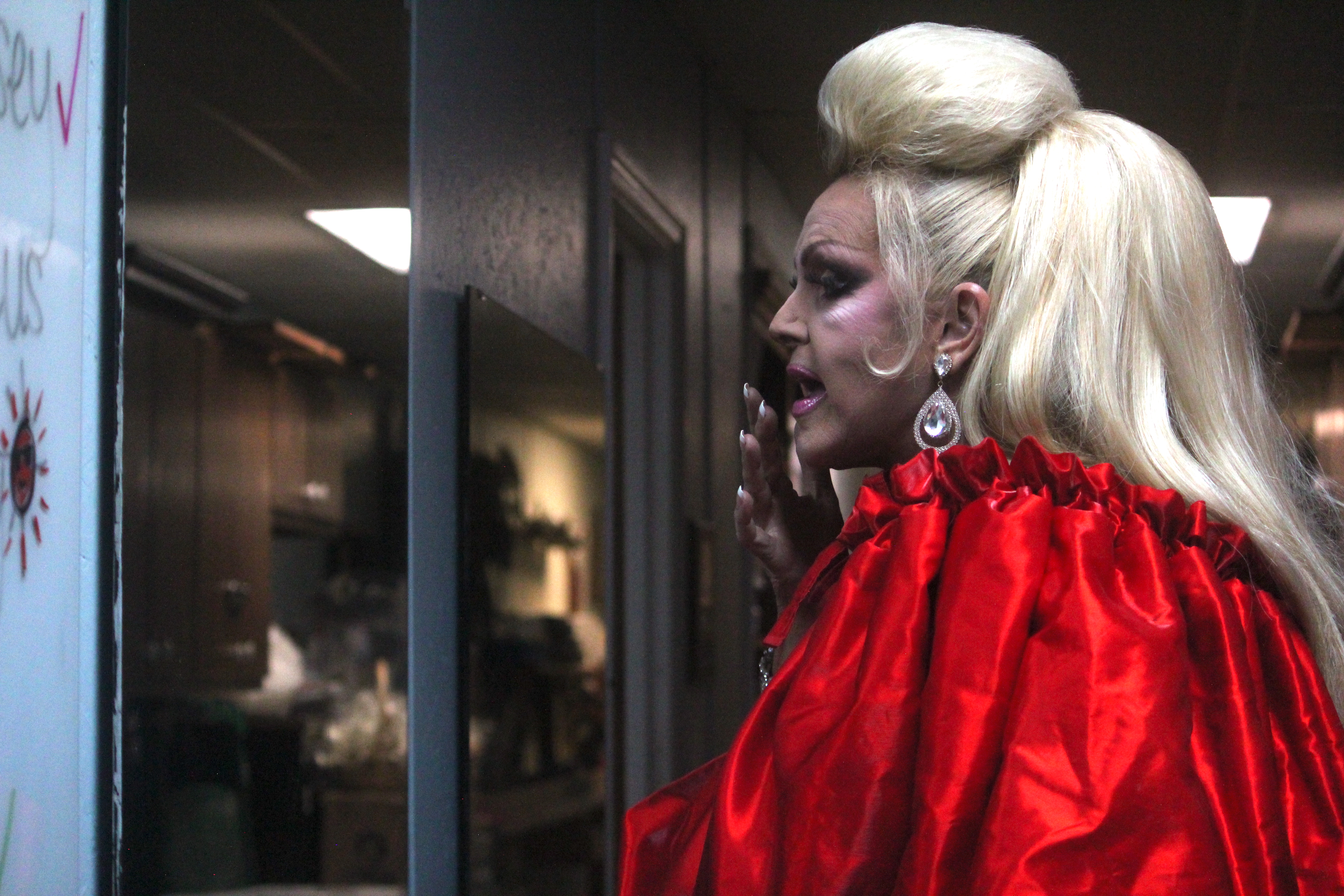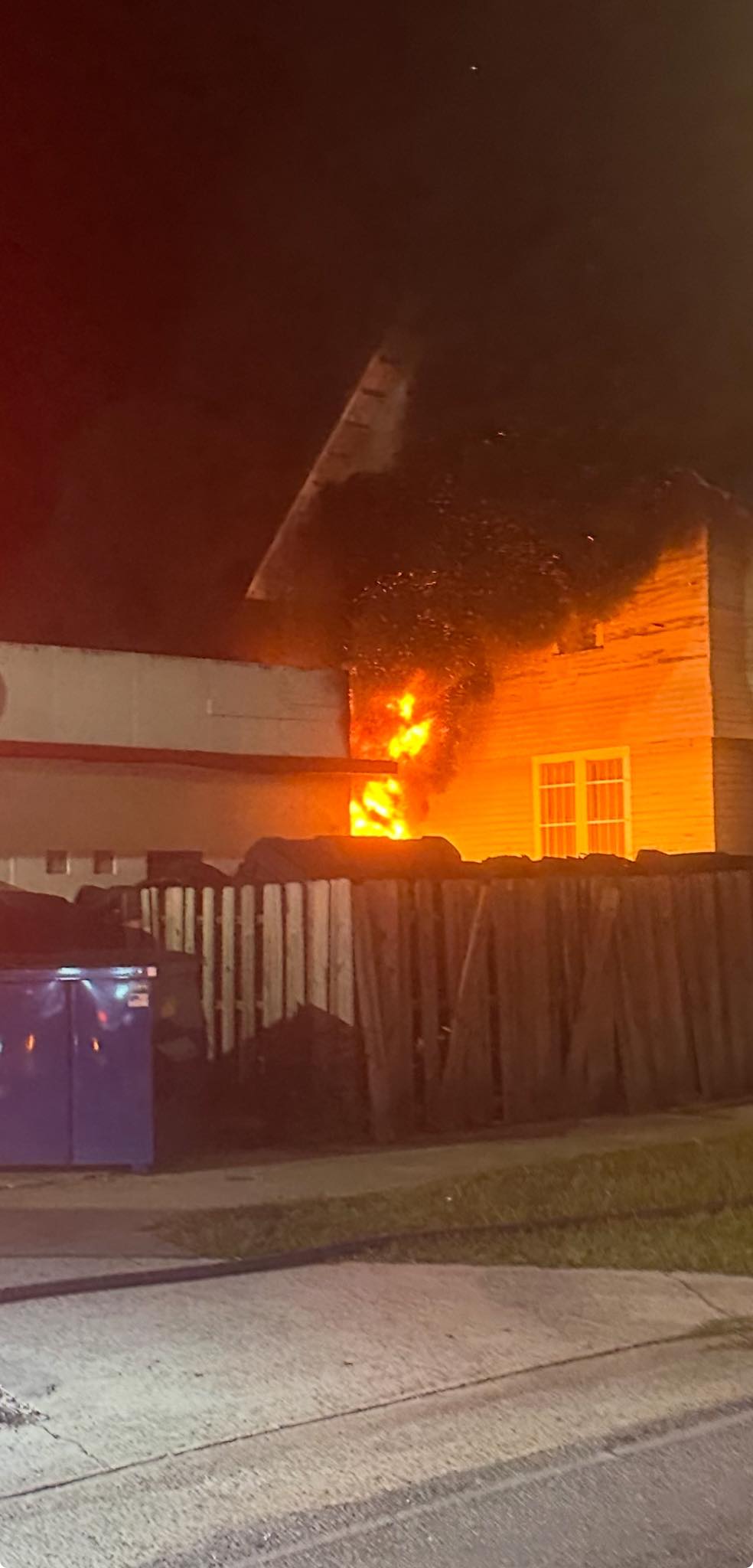ELZA: Sifting through constitutional interpretation
Published 5:00 am Wednesday, September 21, 2022

- Dr. Jane Elza
The U.S. Constitution is an outline of power.
It says the President can do this; Congress can’t do that. The states can’t do this; the federal government can do that.
Trending
Like any outline, it leaves blanks to be filled in. Those blanks are filled in by all three branches of government with the Supreme Court authorizing the results. The interpretations of the Supreme Court make up constitutional law.
There are many ways to interpret the Constitution. The most discussed today is “original intent.” Original intent is the theory that the Constitution must be interpreted according to the intentions of the Framers.
Justice Samuel Alito is a leading proponent of this position, arguing that doing otherwise allows judges too great a leeway to rewrite the Constitution and one should err on the side of the Framers.
The amendments to the Constitution after the Bill of Rights may be rejected under this interpretation.
The arguments against “original intent” are well known. The most obvious is that things have changed since 1789.
The Founding Fathers meant for those blanks to be filled in and there was not universal agreement among the Founding Fathers on what those words meant.
Trending
Indeed the argument over their intentions continues to this day.
Original intent overlaps with “plain text,” an interpretation that states the Constitution at a minimum means exactly what it says.
Liberal plain texters believe that this is the beginning of the conversation. One proceeds from the words to judicial interpretations and traditions.
Conservative plain texters believe this is the end of the conversation. If something is not included in the exact wording of the Constitution, it is not constitutional.
Unlike the original intent supporters, plain text interpreters include the whole Constitution through all of the amendments.
Critics of the liberal plain text interpretation argue that the Supreme Court is too slow to act to adjust to change and that leads to law by crisis. Critics of the conservative plain text view point to all the things that are not in the wording of the Constitution: rockets to the moon, Social Security, the Air Force, social media, privacy, executive privilege, etc.
Plain text overlaps with the “flexible constitution” theory. This theory relies heavily on Article I, Sec. 8’s necessary and proper clause. This clause says Congress can make any law it considers necessary and proper for carrying out the Constitution. This allows Congress to choose what methods it wants to enforce the powers listed in the Constitution.
For example: the Air Force is a necessary and proper way to provide for the common defense and Social Security is a necessary and proper way to provide for the general welfare.
Critics of the flexible Constitution interpretation say it gives Congress and judges too much power and interferes with the power of the states.
The flexible Constitution interpretation overlaps with the “living Constitution” interpretation.
The living Constitution interpretation states that the Constitution was written to protect certain principles and Congress and the Supreme Court may act to protect those principles. The principles are implied in the text, in the intent of the Framers, in the experience of the nation, in judicial precedent. Enforcement of those principles breathes life into a document written in 1789.
Critics of the living Constitution interpretation argue it gives justices and Congress too much power.
In addition, the Supreme Court has developed specific reasoning for specific types of constitutional problems. For example, the words “prior restraint” do not appear in the Constitution but prohibitions against prior restraint are a fundamental, core protection of freedom of speech.
Prior restraint means stopping the exercise of a First Amendment freedom before it can be exercised. In practice, that means stopping the speaker from speaking. The Court is constant in condemning this practice.
The primary obligation of the government is to protect the speaker and allow the speech, even if the community disapproves – especially if the community disapproves.
The conclusion that free speech cannot be protected without prohibiting prior restraint is embraced by all the interpretations. (The plain text supporters have a little more difficulty with this than the others but they get there by elevating speech to a preferred freedom status. Justice Black is the notable exception here.)
Dr. Jane Elza, Ph.D., retired, is a resident of Valdosta.





